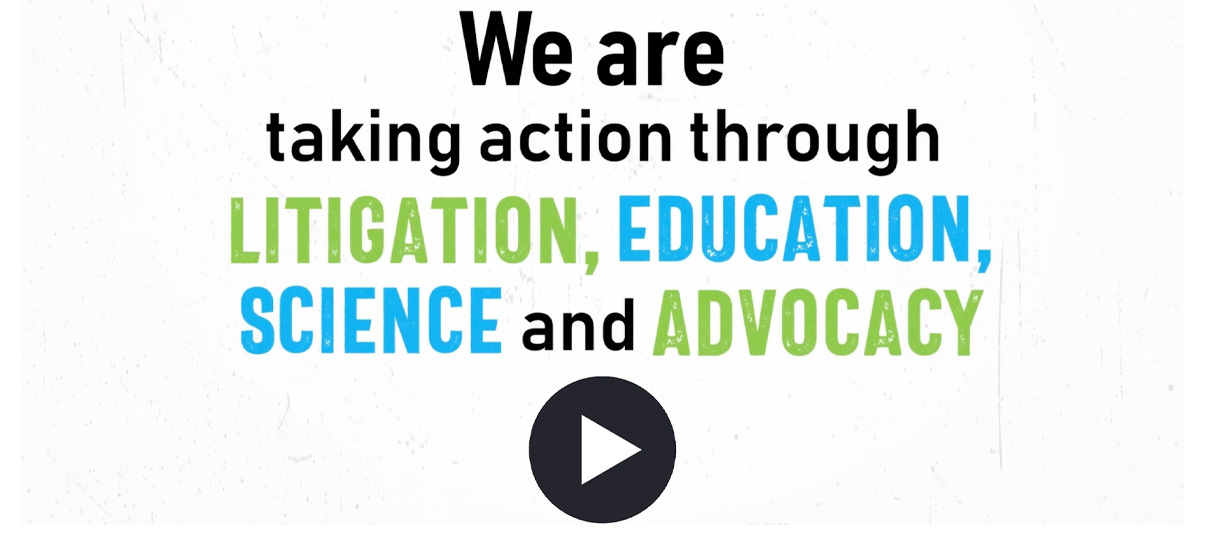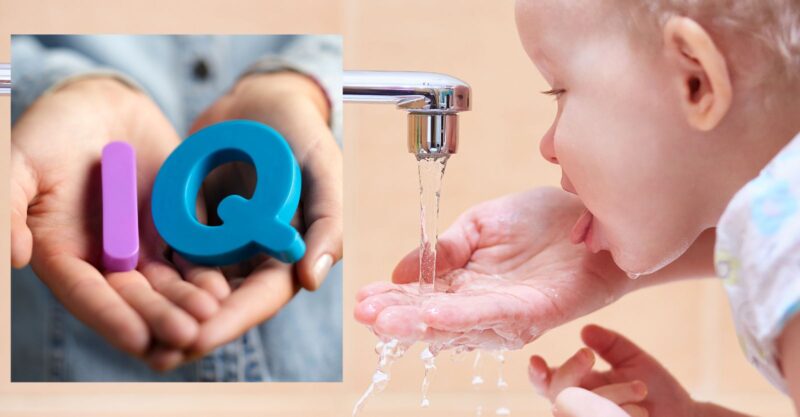Fluoridation Linked to Lower Child IQ, New Studies Show
A recent report from the U.S. National Toxicology Program (NTP), has been published in JAMA Pediatrics, highlighting concerning findings about the neurotoxic effects of fluoride. This comprehensive study, supported by a meta-analysis of 59 studies, links fluoride exposure at levels common in fluoridated water to IQ reductions in children.
Key Findings of the Report
The meta-analysis revealed that 52 of the 59 studies analyzed showed a significant correlation between higher fluoride levels and lower IQ scores. Among the findings:
- Average IQ loss: 7 points in areas with higher fluoride exposure.
- Dose-response evidence: IQ losses increase as fluoride levels rise.
- Exposure relevance: IQ reductions were observed at levels below 1.5 mg/L, with even concentrations as low as 0.3 mg/L showing an impact.
“The report’s dose-response findings debunk claims that IQ losses occur only at much higher fluoride levels than those found in U.S. drinking water,” said FAN’s Science Director Chris Neurath.
Implications for Public Health
While fluoridation has long been promoted as a means of reducing cavities, the NTP’s findings suggest significant risks to children’s cognitive development. According to the study authors:
“Although the estimated decreases in IQ … may seem small, even a 5-point decrease at the population level can have profound societal effects, nearly doubling the number of individuals classified as intellectually disabled.”
These effects have been likened to those of lead exposure, with both substances showing similar neurotoxic impacts.
Critics of Fluoridation Respond
Paul Connett, Ph.D., founder of the Fluoride Action Network, called the report a “game-changer,” stating:
“The best science now shows that fluoridation is too risky, especially for vulnerable populations like formula-fed infants. It’s time to end this practice.”
Dr. Connett emphasized alternative methods of fluoride delivery, such as toothpaste, which provide cavity prevention without the risks associated with ingestion.
Fluoride and Legal Action
The NTP report played a key role in a federal court case where the Environmental Protection Agency (EPA) was challenged over its stance on fluoridation. The court concluded that fluoride levels as low as 0.7 mg/L, the target concentration in U.S. water supplies, pose an “unreasonable risk” of IQ loss in children.
Looking Ahead
As the scientific debate continues, more cities across the U.S. are reconsidering fluoridation. Public awareness and advocacy efforts are expected to grow as these findings reach policymakers and families.
What You Can Do in Canada
Whether or not a Canadian province has fluoride in its water depends on the local municipality’s decision, not the province’s. Ontario, Alberta and Manitoba have the highest rates of water fluoridation in Canada, while British Columbia and Newfoundland and Labrador have the lowest. We encourage Canadian parents concerned about the potential impact of fluoridation on their children’s health to contact your government representatives and urge a review of fluoridation policies. Advocating for transparency and updated safety standards can help protect future generations.
Source: Fluoride Action Network
***********************************************************************************************************************

